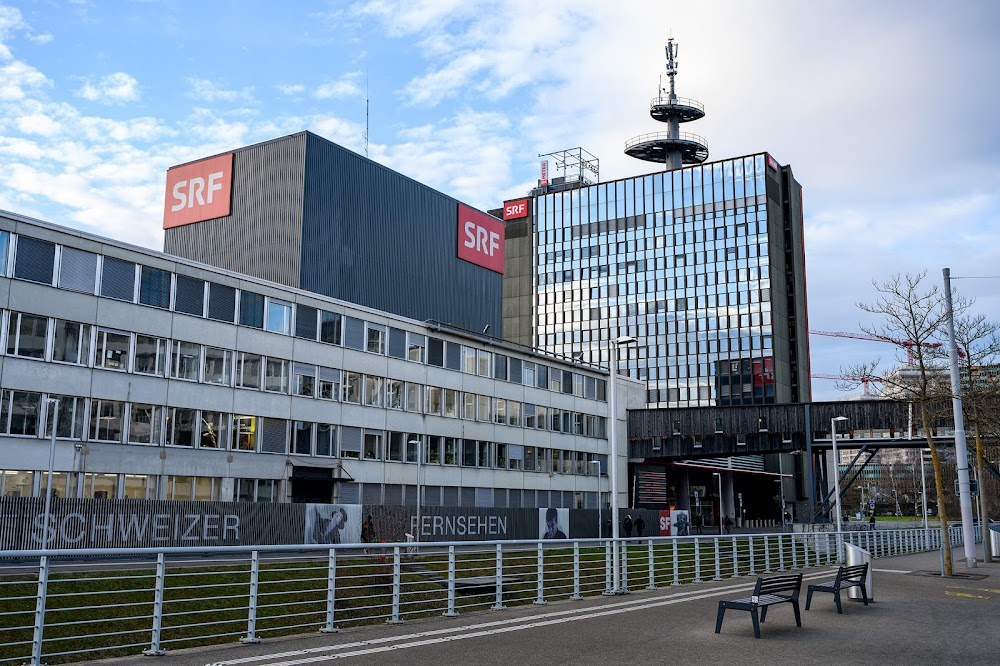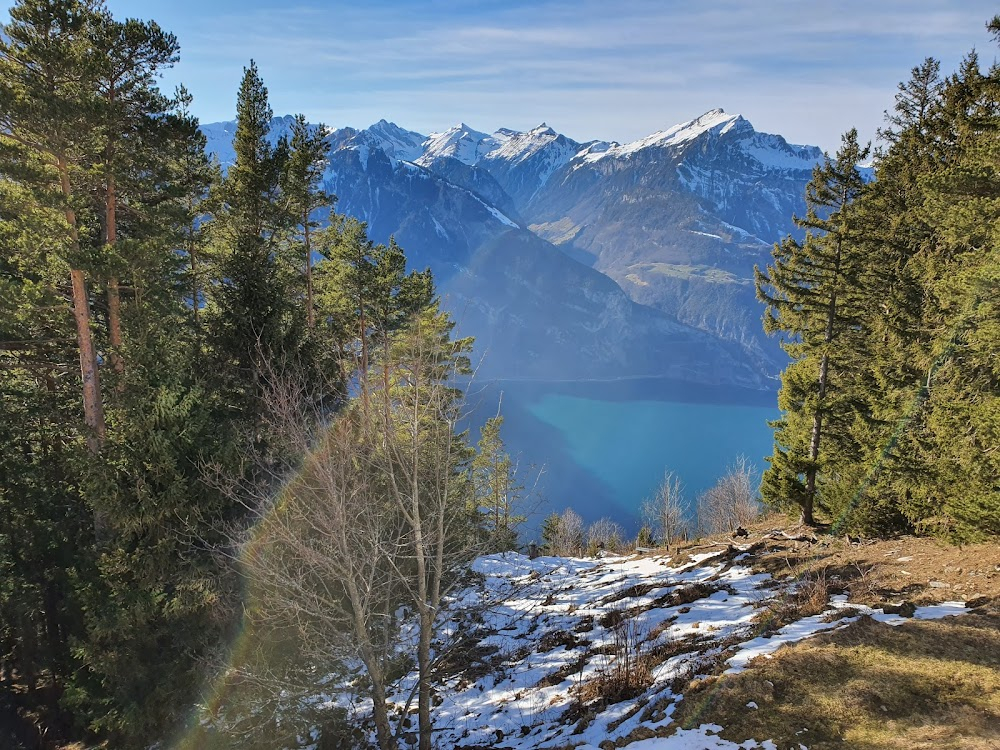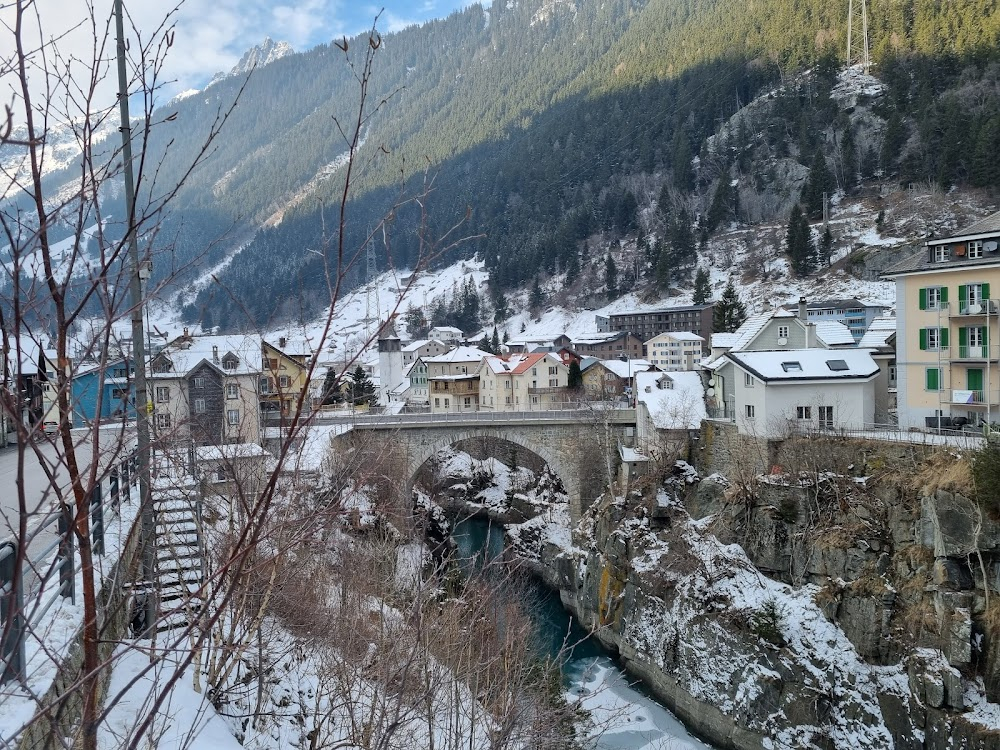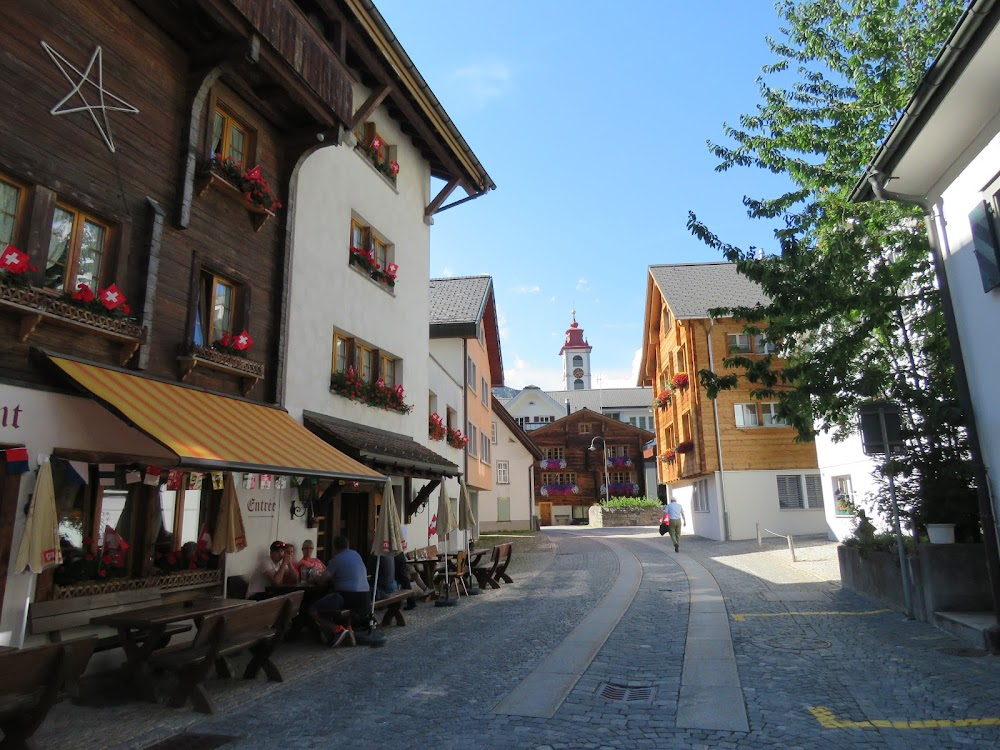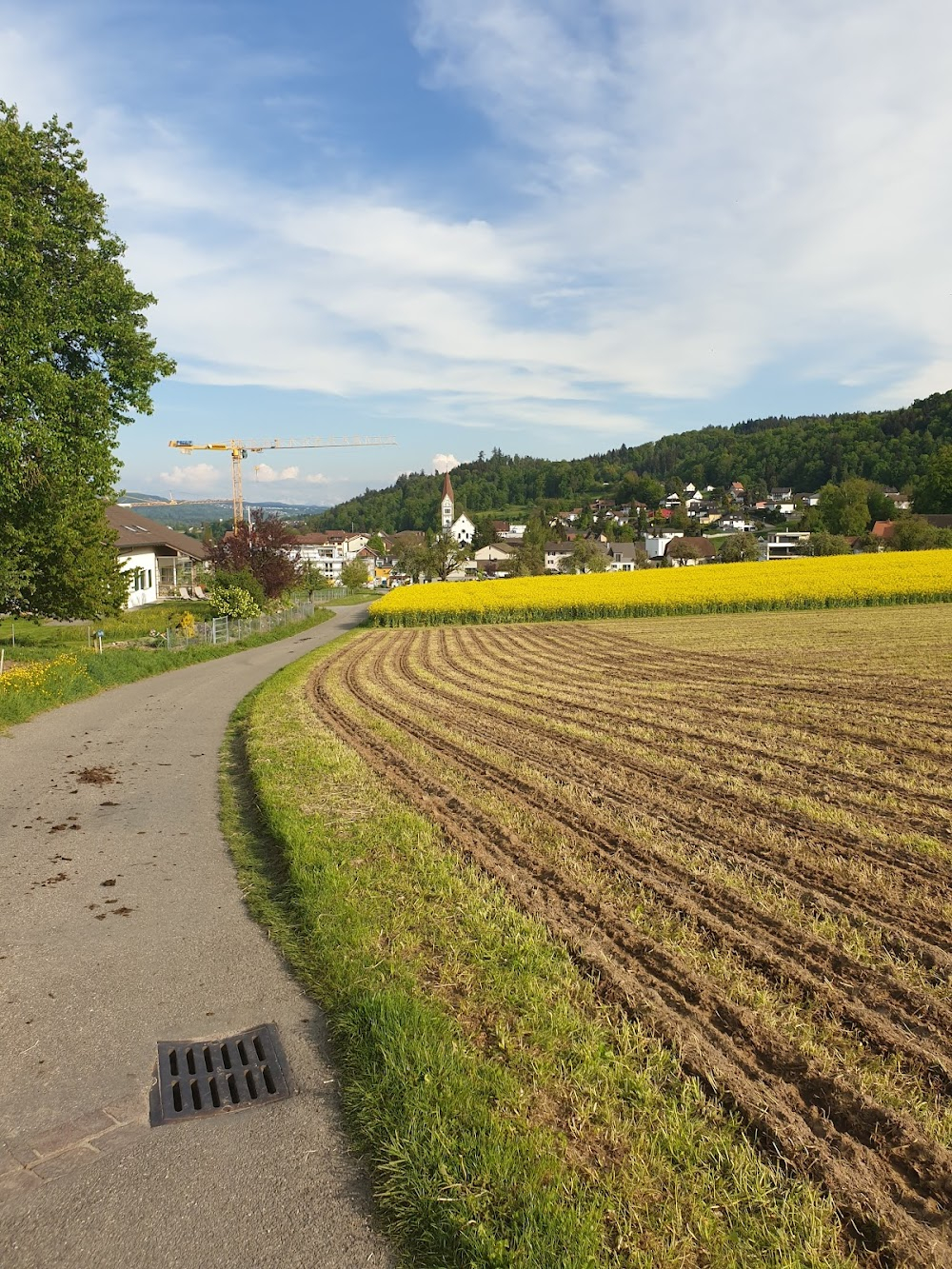Der letzte Postillon vom St. Gotthard Filming Locations

Where was Der letzte Postillon vom St. Gotthard filmed? Der letzte Postillon vom St. Gotthard was filmed in 6 locations across Switzerland in the following places:
Der letzte Postillon vom St. Gotthard Filming Locations
Lucerne, a compact city in Switzerland known for its preserved medieval architecture, sits amid snowcapped mountains on Lake Lucerne. Its colorful Altstadt (Old Town) is bordered on the north by 870m Museggmauer (Musegg Wall), a 14-century rampart. The covered Kapellbrücke (Chapel Bridge), built in 1333, links the Aldstadt to the Reuss River's right bank.
Altdorf is a municipality in Switzerland. It is the capital of the Swiss canton of Uri and retains historic town privileges. It is the place where, according to the legend, William Tell shot the apple from his son's head.
Göschenen is a village and municipality in the canton of Uri in Switzerland. It sits at the northern end of the Gotthard tunnel. The Göschenen riots saw Urner troops opening fire on Italian miners demonstrating for better working conditions and wages on the tunnel's construction site.
Andermatt is a village in the Ursern Valley in the Swiss Alps. A cable car offers access to Gemsstock ski area and a chairlift links the village with Nätschen's gentler slopes. To Andermatt’s north, the path leading to Devil’s Bridge, which spans the sheer gorge of Schöllenenschlucht, is one of many trails. The village’s narrow streets are lined with traditional chalets, one housing the folk museum, Talmuseum Ursern.
Wohlenschwil is a municipality in the district of Baden in the canton of Aargau in Switzerland.
Der letzte Postillon vom St. Gotthard (1941)
A company of select people joins the horse-driven coach for crossing the center of the Alps over the traditional path high on the mountain valley. It is the time of railways as the means of modernization. A tunnel is going to be built. The new fast way would render useless the small transport industry from which local people had made their living. The great mountainous landscape is the background for the conflicts which arise between rich and poor, local traditionalists and foreign modernizers. The daughter of a local, who is opposed against the tunnel, would like to get engaged with a tunnel engineer, but is also coveted by a local favored by her father.

